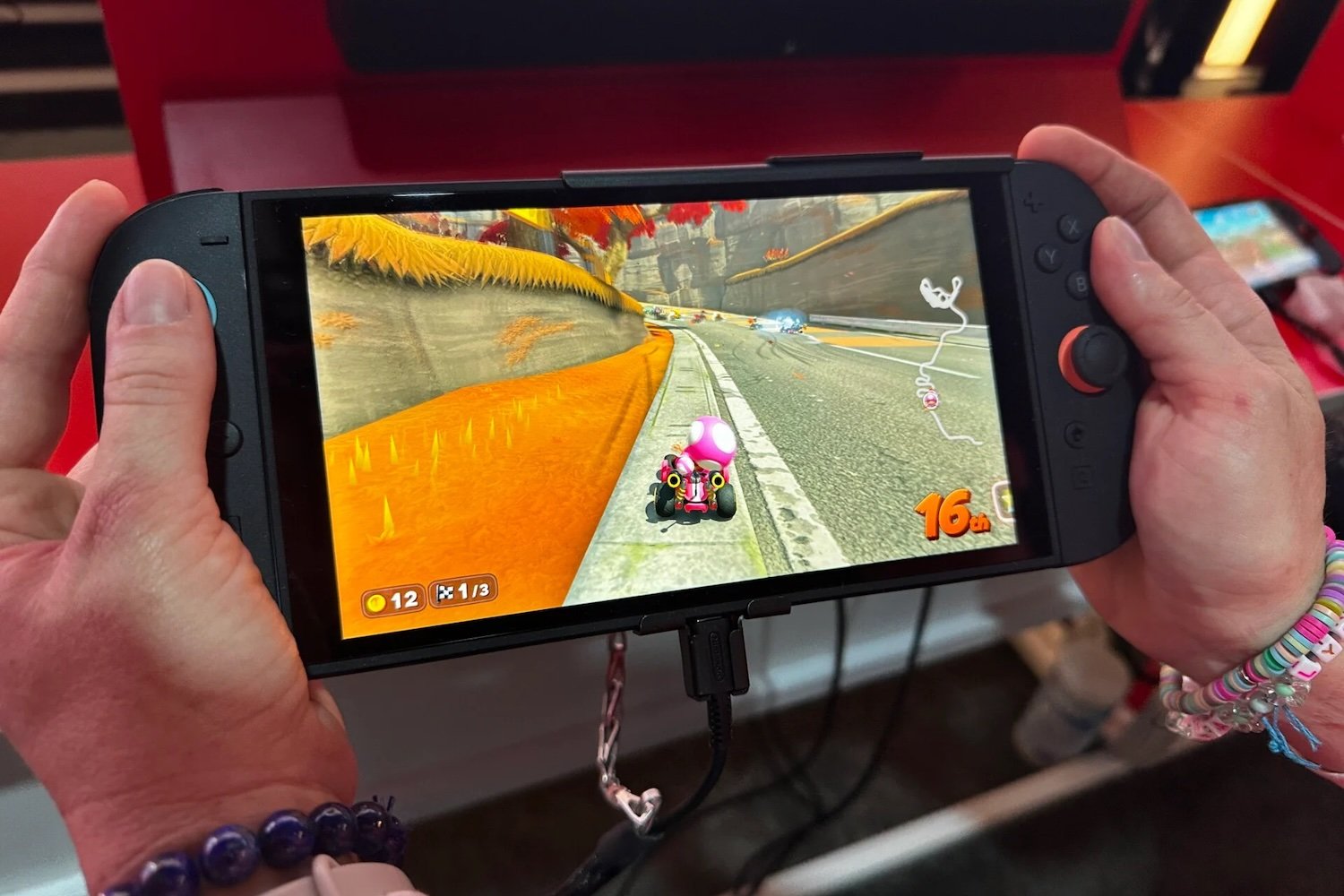Switch 2 Trade-In Nightmare: GameStop Draws the Line at Analog Stick Troubles

Attention Nintendo Switch owners looking to trade in their console: GameStop has updated its trade-in policy with some important details that could impact your potential payout. If your original Nintendo Switch suffers from the notorious Joy-Con drift issue or shows visible signs of wear and tear, you might be in for a surprise when it comes to trade-in value.
The popular video game retailer is now more stringent about the condition of traded-in consoles. Any original Switch with malfunctioning Joy-Cons or noticeable blemishes will likely receive a reduced trade-in credit. This means that those minor scratches, scuffs, or controller performance issues could directly translate to fewer dollars in your pocket.
Gamers planning to upgrade to a newer Switch model or exchange their current console should carefully inspect their device before heading to GameStop. Ensuring your system is in the best possible condition could make a significant difference in the trade-in value you'll receive.
Pro tip: If your Joy-Cons are experiencing drift, consider having them repaired before trading in to potentially maximize your console's value.
